Stanislav Katanneck (Bochum) p.89-117
2022 Issue 03
Abstract
Im Mittelpunkt des Artikels steht die Frage, wie die Schreibfertigkeit von internationalen Studieninteressierten in der Studienvorbereitung durch das kollaborative Schreiben mit dem Etherpad gefördert werden kann. Wie nehmen die Lernenden das kollaborative Schreiben wahr und welche Schwierigkeiten haben sie dabei? Welche Lernfortschritte können durch das kollaborative Schreiben festgestellt werden? Beleuchtet werden diese Forschungsfragen durch eine Analyse von Lernertexten zu Beginn, Mitte und Ende eines virtuellen Sprachkurses mit dem Fokus auf integrierte Aufgaben aus dem digitalen TestDaF sowie durch die Befragung von Teilnehmenden zum Schreibprozess mithilfe eines Fragebogens. Diese empirische Analyse soll den Lernfortschritt durch das kollaborative Schreiben mithilfe einer kleinschrittigen Didaktisierung dokumentieren: Von der Planungs- und Entwurfsphase über das gemeinsame Schreiben des Textes bis hin zur Überarbeitung. Der Beitrag stellt ein Best-Practice-Modell für die systematische Evaluation und Förderung des Schreib(lern)prozesses in der Studienvorbereitung dar. Das Modell kann dabei auch auf andere Schreibaufgaben übertragen werden.
This article focuses on the question of how the writing skills of prospective international students can be improved with the help of collaborative writing using the etherpad in the study preparation program. How do learners evaluate and assess the benefits of collaborative writing and what difficulties do they encounter? Which learning progress can be made through collaborative writing? These research questions are illuminated by an evaluation of learners’ texts in the beginning, the middle and the end of a virtual language course with a focus on integrated tasks from the digital TestDaF. In addition, students fill out a survey with questions on the writing process which supplement the analysis of the written texts. This empirical study is intended to document the learning progress through collaborative writing by means of a small-step didactic model: from the planning and design phase through the joint writing and revision of the text. The article presents a best-practice model for the systematic evaluation and promotion of the process of learning to write academic texts in preparation for university studies. The model can also be transferred to other writing tasks.
